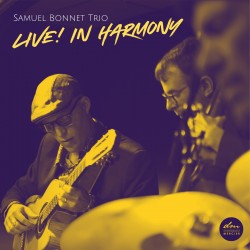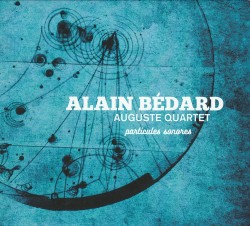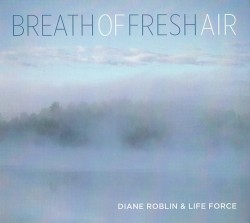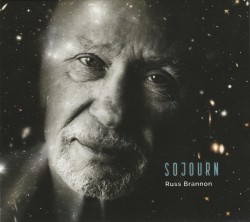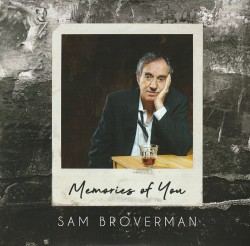Horizon Song - Scott Grant 5
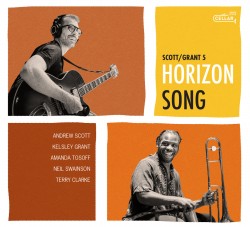 Horizon Song
Horizon Song
Scott Grant 5
Cellar Music CMR221123 (scottgrant5.bandcamp.com/album/horizon-song)
Horizon Song by the Scott / Grant 5 offers tasty twists to a detail-oriented listener, while being palatable and polite enough to put on over dinner. A friend described a track they’d heard on the radio as “smooth,” but this was a positive nod to the group dynamic rather than an accusation of innocuousness.
The album is right at home within the Cellar Music Group catalog, and with excellent casting. Scott and Grant are guitarist Andrew Scott and trombonist Kelsley Grant, with Amanda Tosoff, Neil Swainson and Terry Clarke rounding out the quintet. This rhythm section gives Horizon Song’s nine tracks the ample swing and groove they require, while sounding current and interactive enough to appeal to a contemporary audience. This might just be the through-line of the album: embracing classic aesthetics, but never trapped in a time capsule.
All of Horizon Song’s tracks are originals, with Scott penning seven tunes and Grant contributing two beautiful waltzes. The tracks go together seamlessly and feature each member of the quintet. The album’s title track might just be the aforementioned “smooth” sounding piece, and there’s plenty of contrast from the snappy Punctuality to the groovy The Problems of Your Future.
Scott breaks up his guitar sound with nylon-strings on a few tracks, and Tosoff doubles on electric keyboard, all captured beautifully at the Gordon Wragg Recording Studio in Toronto. I have critiqued an album or two from this studio for sounding “cold” while precise, but there is grit and warmth to Horizon Song that brings to mind recordings from the 60s and 70s. Whatever your usual listening tendencies, you’ll find something here to enjoy.


